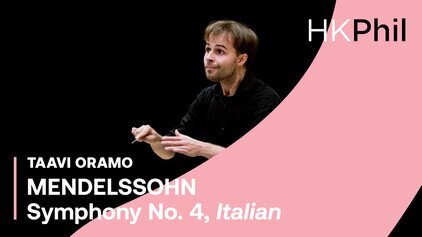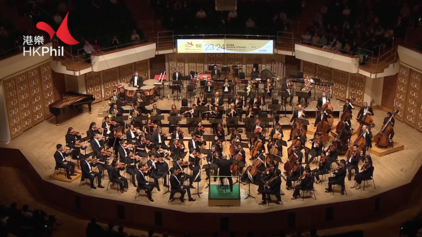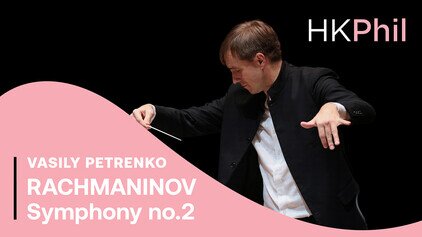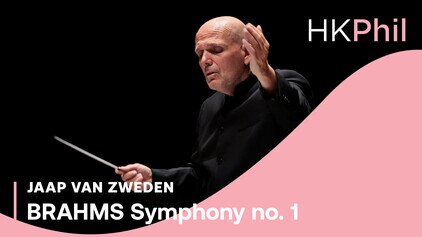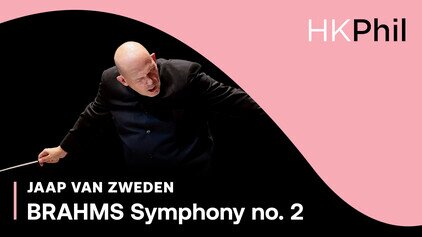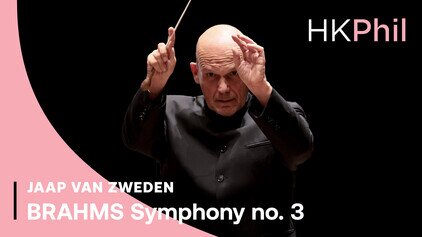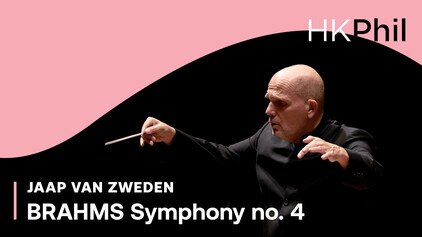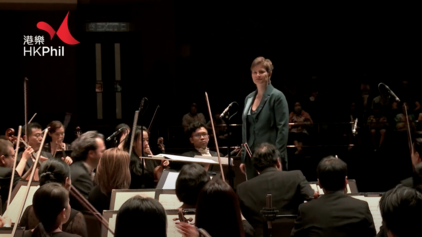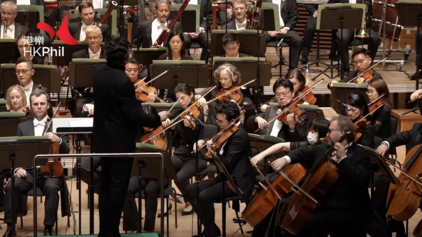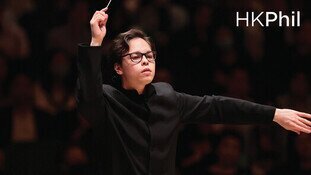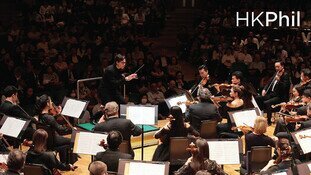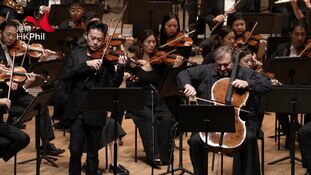DVOŘÁK | Symphony no. 7
Up Next
PROGRAMME
ANTONÍN DVOŘÁK (1841-1904)
Symphony no. 7 in D minor, op. 70
- Allegro maestoso
- Poco adagio
- Scherzo: Vivace – poco meno mosso
- Finale: Allegro
THE COMPOSER
Antonín Dvořák was born on 8 September 1841 in a small country inn run by his father in the village of Nelahozeves in what is now the Czech Republic. At the age of 12 he was taken out of school and sent to learn the butcher’s trade, but he refused to abandon music and, much against his father’s wishes, he enrolled at the famous Prague Organ School. He left in 1859 having gained a prize for his performance and worked for several years as an orchestral viola player before he was able to devote himself entirely to composing. Effectively “talent-spotted” by Brahms and introduced to the great composer’s own publisher, Dvořák’s music soon found popularity around the world and audiences, particularly in England and North America, paid large sums of money to ensure premieres of his works as well as personal appearances by the composer. He died a very wealthy man in Prague on 1 May 1904, having achieved a measure of immortality through his nine symphonies and three concertos – one each for piano, cello and violin.
THE BACKGROUND
Built in 1858 at a cost of £70,000 and demolished in 1905 to make way for a new hotel, St James’ Hall Piccadilly was one of the finest venues in London for orchestral music. It was home to the Philharmonic Society of London, which staged a weekly series of orchestral concerts there including, in 1884, one devoted entirely to the music of Dvořák, who had been invited to London especially for the occasion. This was such a success that the Society immediately commissioned a new symphony from him for the following season. He began work in December 1884 writing to a friend, “I am occupied at present with my new symphony (for London) which must be capable of stirring the world, and may God grant that it will!” He completed it on 17 March and the symphony was premiered to huge acclaim in St James’ Hall on 22 April 1885. In the words of one critic, “The enthusiasm at the end of Dvořák’s Symphony was such as is rarely seen at a Philharmonic Concert.”
THE MUSIC
The first movement begins softly in the lower strings, the theme, apparently, suggested to Dvořák when he witnessed the arrival of a train bringing patriots from Budapest to Prague for a festival of national celebration. But the mood, although solemn, is also full of hope and contentment, and elements of traditional Czech music are much in evidence: in the lively theme first heard from a horn, the jagged rhythmic edge in much of the string writing, and most of all in the charming, rural theme given out by the clarinets and flutes.
A hymn-like theme from the clarinet above pizzicato strings opens the second movement but the initial air of tranquillity is lost when the strings introduce a new theme – in the words of one commentator “a theme which seems to plumb the depths of despair”. Tranquillity is restored by a lyrical horn theme. But not for long and, despite some delicious conversations (particularly between the horns and clarinets), at the movement’s climax the mood again seems full of despair. Only at the very end of the movement is the opening mood of tranquillity fully restored.
The third movement seems full of malice with its almost obsessive hammering rhythm. Oboe and flute introduce a charming pastoral interlude, but underlying all this are some ominous string trills, and the return of the hammering rhythm brings the movement to a decidedly aggressive conclusion.
As we embark on the fourth movement the mood has not really changed. Again, there is an air of menace and a sense that violent forces are about to be unleashed, but when the main theme emerges – a stirring, strongly Czech-style melody – it is stern rather than aggressive, and when the cellos introduce a gentler melody, the rest of the orchestra is quick to adopt this new mood of happiness. However, it is only at the very end of the movement that the music bursts out into unequivocal happiness in a gloriously triumphant conclusion.
Programme notes by Dr Marc Rochester
ARTISTS
SUPPORT THE HK PHIL'S ONLINE PROGRAMMES
The Ambassador Fund allows the orchestra to produce various online programmes, keeping our connection with the communities. The HK Phil has released over 80 online programmes and garnered over 1.5 million views since the pandemic. Your donation supports production costs incurred and helps us share music!
Symphonies
Other videos in this series








